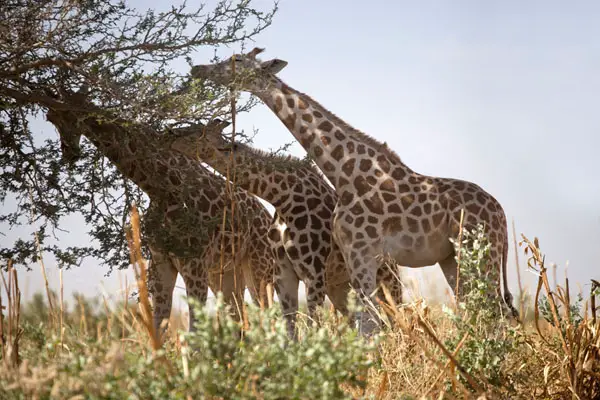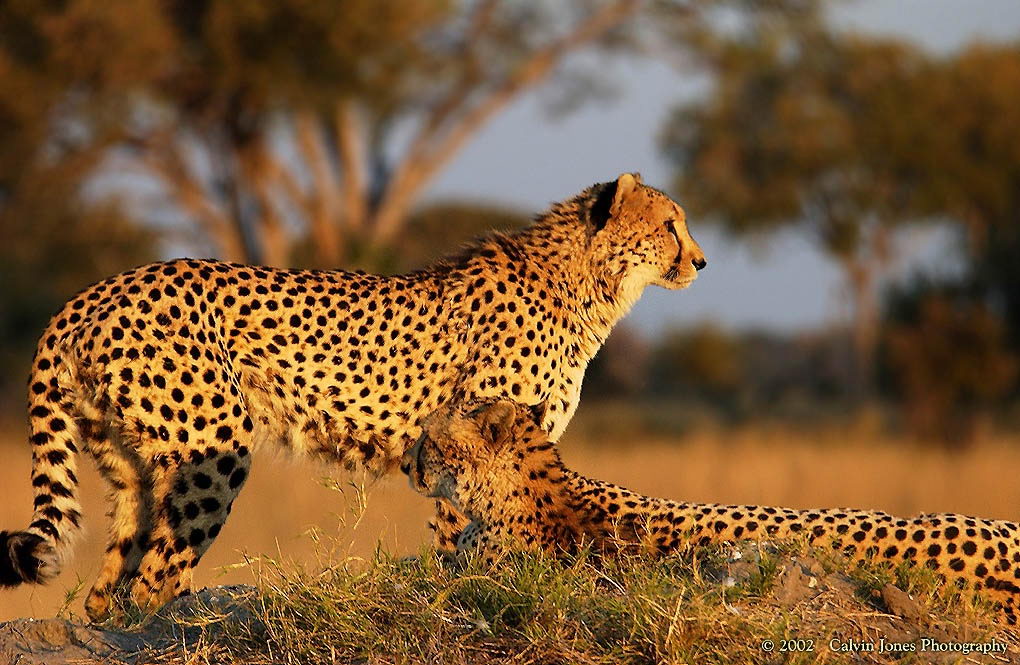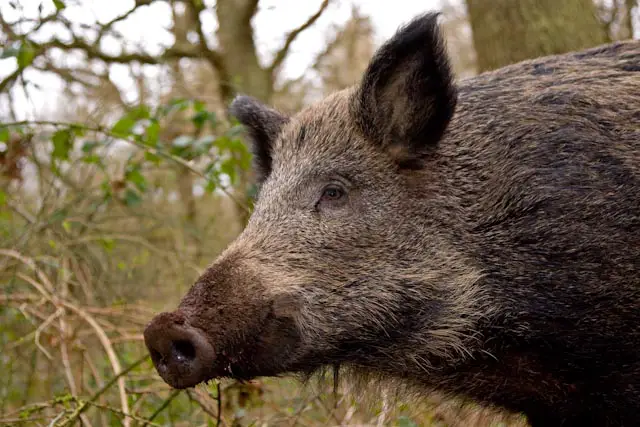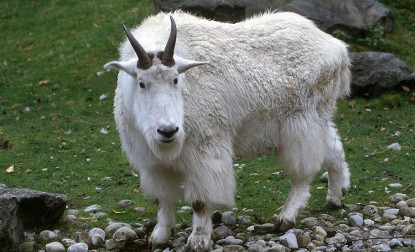The West African giraffe or Niger giraffe (Giraffa camelopardalis peralta) is typically found in the Sagel areas of West Africa. It is an endangered subspecies of giraffe and is mainly recognized by its light orange spots all over its body and neck. The African giraffe’s population is quickly decreasing partly because of hunting and partly due to predation. It doesn’t seem to survive anywhere other than in the south-west Niger in the wild.
African Giraffe Facts
Anatomy
- The adult West African giraffe is 16 to 19 feet tall and weighs up to 2,800 pounds.
- Males are larger than the females. Males have big horns as compared to the females and they are also bald.
- The male’s horns reach a length of about 5 inches. Females show thin horns.
- The short hairs on the giraffe’s body keep them warm all the time. Giraffe’s coat does not serve as a protection against the extreme cold.
- Although giraffes are extremely tall they are able to run as fast as 35 miles per hour. They maintain this speed in short bursts.
- Giraffes are one of the animals that possess remarkable sense of hearing, smell, and taste. Because of this giraffes can smell predators when they are miles away.
- The weight of the giraffe’s heart is 25 pounds.
Learn more: How Tall is a Giraffe
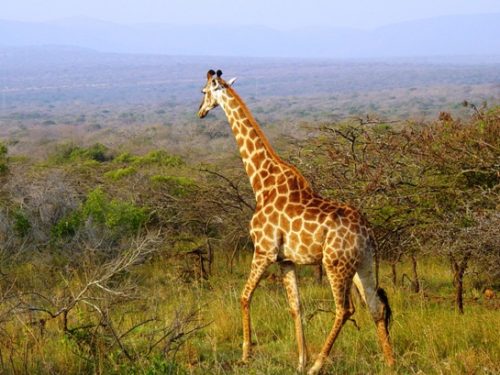
Range & Habitat
- West African giraffes are likely to occur in different parts of West Africa including Niger, Cameroon, Mali, Nigeria, and Chad.
- They make homes in a wide variety of habitats such as savannas, dense forests, and deserts. Depending on the availability of food and water giraffes can find habitats anywhere.
Feeding Ecology & Diet
- Niger giraffe is an herbivorous mammal and it feeds on many plants species. They are not limited to a specific location or territory instead giraffes travel in search of the plants.
- Giraffes have advantage over other animals in that they are able to eat leaves right from the top where no animal can reach.
- They may return to the same tree year after year.
- West African giraffe’s diet consists of leaves and shrubs. They like to consume leaves from thorny plants and their tongue is hard enough to bear it.
- They will survive many days without drinking.
Learn more: Adaptations of a Giraffe
Behavior
- West African giraffes are thought to live in herds that consist of 15 individuals.
- They are extremely intelligent animals.
- They typically communicate with each other with moaning and
- When they are threatened giraffes warn each other. They don’t often fight instead they rub one others’ heads.
- In the south-western Niger they have a home range of 15,000 sq. km.
Read More: Giraffe Facts for Kids
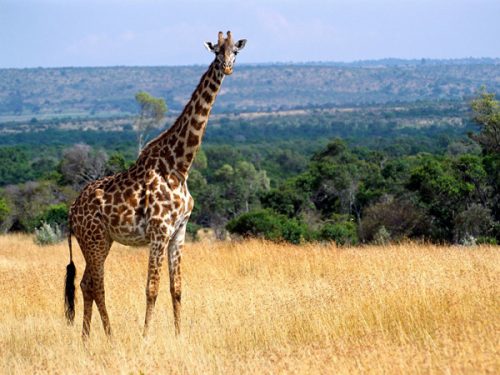
Reproductive Biology
- These subspecies attains maturity at 5 years but they mate around 7 years of age.
- During mating season, males perform ritual display known as ‘necking’. They knock their necks against each other.
- The gestation period lasts about 450 days. A female litters one young only. Young giraffes are 6 feet tall at birth. They weigh up to 150 pounds. Couple of hours after birth they will learn to walk properly.
- The only predator that preys on giraffes is lion.
Learn more: How Many Giraffes Are There In The World

